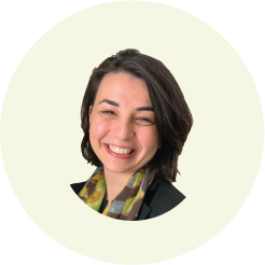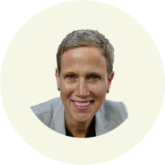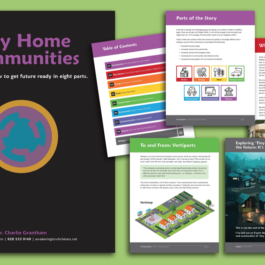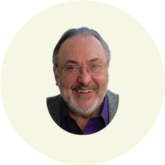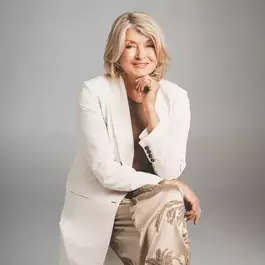What are the top 10 trends for the next ten years? Download the report here.
Identifying a preferred future - or what I’m calling a “Big Future” in this blog - is one of the most intriguing concepts in the practice of Strategic Foresight. It’s the third step, “Defining”, in our foresight process.
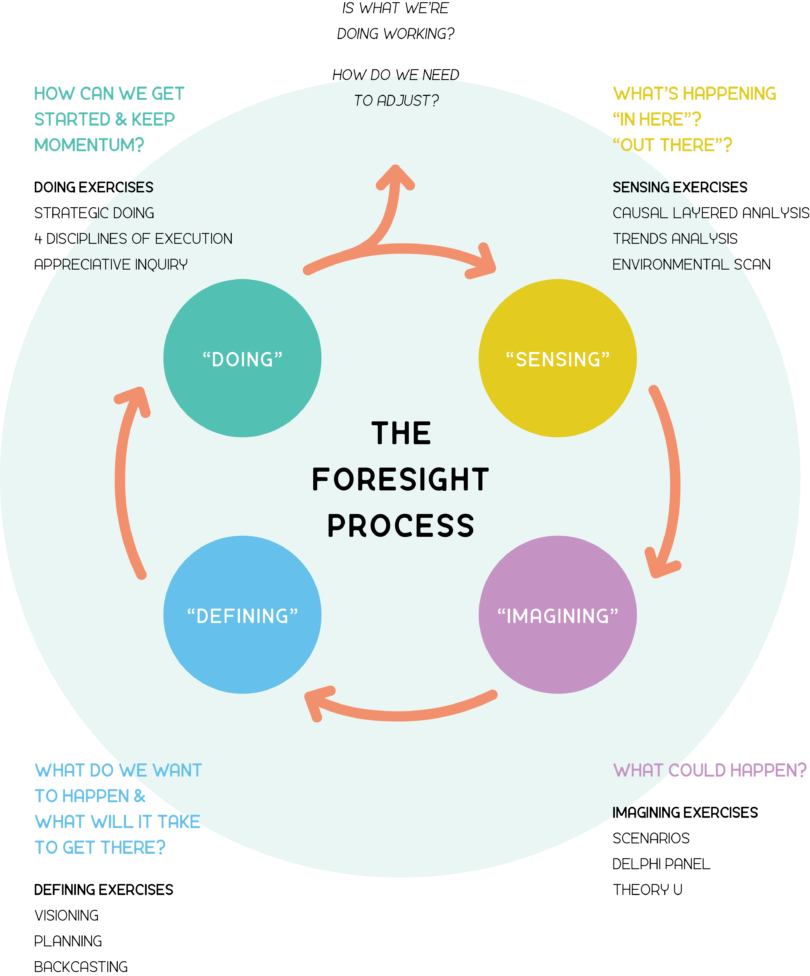
Greg and Me: Two (very different) Big Futures
Many people take life as it comes and are happy doing it. There are others who are practicing some nascent form of foresight - we might not call it foresight, but they’ building Big Futures, choice by choice.
Let’s think about the process of deciding on a career. My long-time friend Greg and I have both had satisfying careers, but we arrived at our career decisions in vastly different ways. Greg always knew he wanted to be a doctor. As he excelled at every level of his education, it was clear that his dream of becoming a doctor was his destiny, but what kind of medicine? Lots of additional intentional decisions were necessary to ensure that he was taking the right path. His decision to become a pediatric oncologist was not arrived at haphazardly. He made conscious choices along the way that ensured he would achieve this Big Future. Wasn’t that foresight?
My career path was not so obvious to me. I didn't know until my sophomore year in college that I wanted a career in helping communities grow. Like my friend, I made conscious choices regarding my education. And while he was refining the kind of physician he wanted to be in medical school and fellowships, I went about the process of testing the waters in a variety of jobs that would help me define the path of my career. I looked for development jobs in the private sector, found planning jobs in the public sector, and finally landed in the not-for-profit economic development field. I finally knew that my dream of building great communities was possible and I had found the vehicle to accomplish it. I had been focused on finding the path to my Big Future, and now I would be making intentional choices to make that career a reality.
Were Greg and I practicing foresight?
Building a Big Future From a Simple Idea
Consciously making choices that lead to an identifiable Big Future happens in businesses too.
Paul and Lori Hogan founded Home Instead® more than 25 years ago in Omaha, Nebraska to help their ailing matriarch age well in her own home and to ease their family’s caregiving struggles. (Home Instead history.) Paul and Lori learned that there were others who also wanted better options for their parents. So they quit their corporate jobs, started a small business, and planned for its expansion. They were defining their Big Future, and working towards it. Within a few years, they franchised the business and spread the concept around the world. It’s been ranked the top franchise opportunity for women and veterans several years in a row and recently hit the billion-dollar sales mark! Paul and Lori were evangelists for this cause. They envisioned a future in which their company would help families around the world take care of their elderly loved ones. Then they set about making decisions that would accomplish that Big Future.
Were Paul and Lori practicing foresight?
Building a Big Future for Your Community
How can communities use foresight to identify Big Futures? In my 30+ years of experience doing strategy as a CEO, most communities use a traditional form of strategic planning that places more focus on what has happened in the past than what will happen in the future.
History is important, as my colleague Yas Arikan wrote in Why We Future This Way:
“history has an intentional role in a strategic foresight process but is only one of several perspectives.”
This is particularly important in communities whose leaders and citizens want something more than a repeat of the past. If you’re in a community that’s feeling disappointed with the results you’re getting from using the usual strategic planning initiatives, you may need to build a Big Future, a preferred future, intentionally. That’s what we did in Omaha. We fundamentally shifted our thinking - and used strategic foresight - to identify our 20-year Big Future and then put plans in place to accomplish it.
That process was definitely foresight!
Building a Big Future - Intentionally
Every choice we make today creates tomorrow’s reality. Communities, companies, and individuals can all use some form of foresight to intentionally and consciously identify a Big Future. The more formidable the need, the more the strategic foresight process can help engage leaders, citizens, and associates in robust discussions about their Big Future. Naming that Big Future then leads to strategies and actions that can begin today!
Que le changement commence!
New to foresight? Start here.
If you enjoyed this post, please subscribe to our newsletter.

David G. Brown
This guy. David G. Brown led the Greater Omaha Chamber for two decades, was the driving force behind ACCE’s Horizon effort, and hired our team for Greater Omaha 2040 - which has become a North Star impacting everything from Omaha’s riverfront development to a new downtown and streetcar plan. David has now flipped from being a client to a team member! As a Lead Consultant, he providing guidance, foresight, and insight to clients committed to more ambitious, equitable, and prosperous futures. Watch David's Q&A on how NGC helps organizations prepare for the future using Strategic Foresight. Book a meeting with David and be sure to ask him about bourbon, cigars, the Huskers…or Opera.
Yasemin Arikan Promoted to Director of Futures Research
NEXT Generation Consulting (NGC) announced the promotion of Yasemin Arikan to Director of Futures Research. Arikan will lead the company’s efforts to...
Is Your Housing Market Ready for Your Future?
One of the biggest problems facing many cities and towns is inadequate housing. This problem is most acute for seniors, veterans with disabilities, and low-income groups ...
Three Things Martha Stewart Gets Right About Return to Office (RTO)
The original influencer and the person who invented the "Home" retail category, Martha Stewart, became the latest CEO to tell employees to get back to the office five day...



